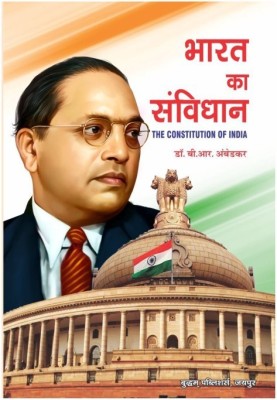
Share
Introduction to Cloud Computing (Paperback, Dr. Arvinda Kushwaha)
Be the first to Review this product
Special price
₹450
Coupons for you
T&C
Available offers
T&C
T&C
T&C
Highlights
- Binding: Paperback
- Publisher: Notion Press
- ISBN: 9798896326366
Services
- Cash on Delivery available?
Seller
Description
The book has 5 chapters:
Chapter 1: Introduction to Cloud Computing: This chapter explores the definition, evolution, and fundamental characteristics of cloud computing. It discusses the principles of parallel and distributed computing, as well as key features like elasticity and on-demand provisioning.
Chapter 2: Cloud Enabling Technologies: This chapter introduces critical technologies enabling cloud computing, such as Service-Oriented Architecture (SOA), REST, and the Publish-Subscribe model. It also explains virtualization, its types, implementation levels, and its role in disaster recovery.
Chapter 3: Cloud Architecture, Services, and Storage: Focusing on cloud architecture, this chapter covers layered designs, service models (IaaS, PaaS, SaaS), and types of clouds (public, private, hybrid). It also discusses cloud storage solutions, advantages, and providers like Amazon S3.
Chapter 4: Resource Management and Security in Cloud: This chapter delves into resource management and provisioning methods, inter-cloud resource exchanges, and key security challenges. Topics include SaaS security, security governance, virtual machine security, IAM, and cloud security standards.
Chapter 5: Cloud Technologies and Advancements: The final chapter examines advanced technologies like Hadoop, MapReduce, VirtualBox, Google App Engine, and OpenStack. It also introduces cloud federation, discussing its levels, services, applications, and future potential.
Read More
Frequently Bought Together
1 Item
₹414
2 Add-ons
₹477
Total
₹891
Be the first to ask about this product
Safe and Secure Payments.Easy returns.100% Authentic products.
Back to top







